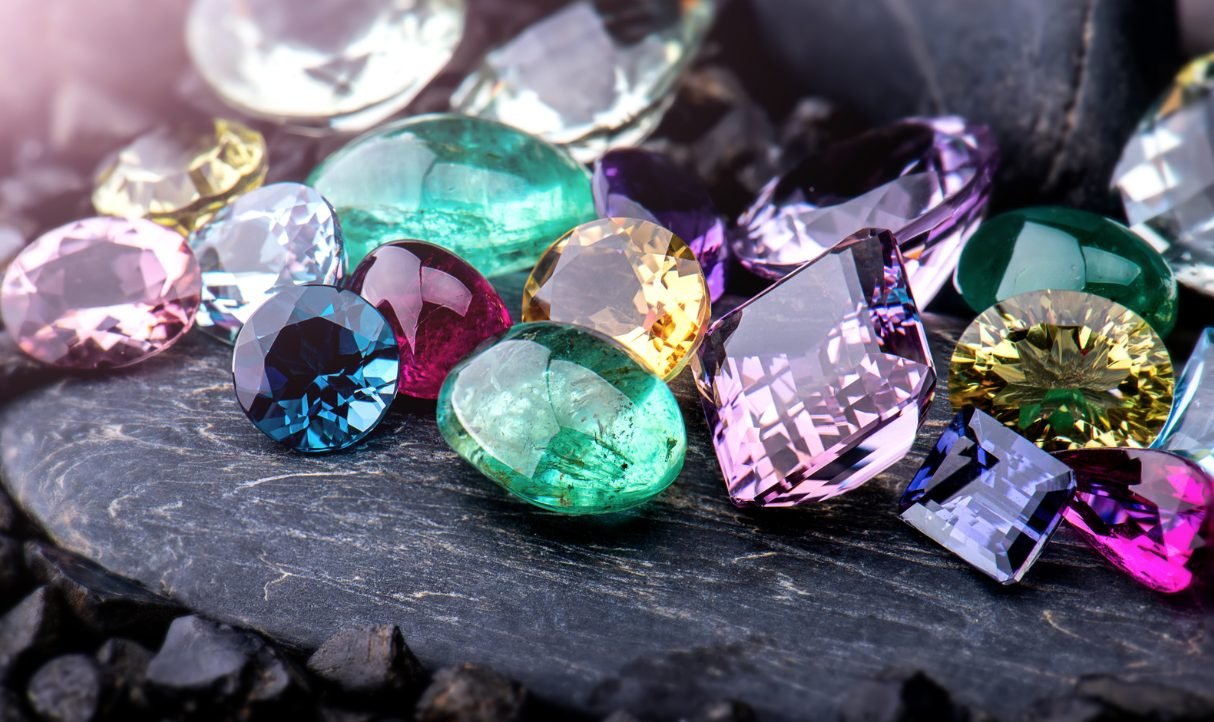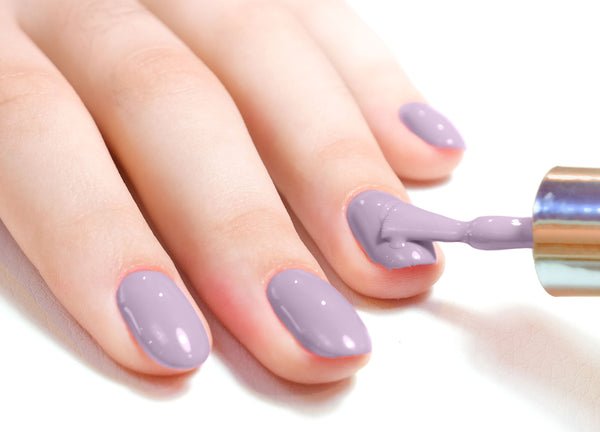Walking into a jewelry store and understanding what makes one piece worth $500 while another similar-looking piece costs $5,000 can feel impossible without some insider knowledge. The world of gemstone jewellery combines geological science, cultural history, and market economics in ways that aren’t always obvious to casual buyers. Beyond the price tags, these stones carry centuries of symbolic meaning and beliefs that continue to influence purchasing decisions today. Understanding both the practical value factors and cultural significance helps you make informed choices and appreciate what you’re actually buying.
How Geological Rarity Drives Market Value
Natural gemstone formation requires incredibly specific conditions over millions of years. Rubies need aluminum-rich rocks exposed to extreme heat and pressure, plus just the right trace elements to create that coveted red color. This geological lottery means truly fine specimens are genuinely rare.
Mining location dramatically affects value, even for the same gemstone type. Burmese rubies command premium prices over stones from other regions because of their exceptional color saturation and fluorescence. Similarly, Kashmir sapphires are legendary for their velvety blue appearance, making them exponentially more valuable than stones from other locations.
Depletion of famous mining sources creates scarcity that drives prices higher. Many historic mines have been exhausted or produce lower-quality material, making older stones from those locations increasingly valuable.
Understanding Treatment Impact on Worth and Durability
About 95% of gemstones in the market receive some form of treatment to improve appearance or durability. Heat treatment is widely accepted and doesn’t dramatically reduce value, but more extensive treatments like diffusion or glass filling significantly impact pricing.
Treatment stability affects long-term value. Heat-treated sapphires remain stable indefinitely, while oil-filled emeralds may need re-treatment over time. Lead glass-filled rubies can be damaged by normal cleaning, affecting both appearance and resale value.
Disclosure requirements vary by region, but ethical dealers should explain any treatments that affect value or care requirements. Undisclosed treatments discovered later can devastate resale value and insurance coverage.
Cultural and Historical Significance Across Different Societies
Ancient civilizations attributed specific powers and meanings to different gemstones, beliefs that persist in modern jewelry choices. Rubies symbolized power and protection in medieval Europe, while ancient Indians believed they contained an internal fire that couldn’t be extinguished.
Birthstone traditions create consistent demand for certain gems during specific months. This marketing concept, popularized in the early 1900s, links personal identity to specific stones and influences gift-giving patterns worldwide.
Religious and spiritual beliefs continue driving gemstone demand. Many cultures believe certain stones provide protection, enhance meditation, or support emotional healing. While these beliefs lack scientific basis, they significantly influence market demand and pricing.
Color Psychology and Emotional Connections
Color preferences are deeply personal and culturally influenced, affecting both emotional connection and market value. Deep red rubies evoke passion and strength, while blue sapphires suggest tranquility and wisdom. These associations influence purchasing decisions beyond pure aesthetic preference.
Color saturation and purity determine premium pricing within each gemstone type. Vivid, pure colors without brown or gray undertones command highest prices, while stones with secondary colors or muted tones cost significantly less.
Regional color preferences create market variations. Asian markets often prefer more saturated colors, while Western buyers might favor lighter, more subtle tones. Understanding these preferences helps explain price variations between different markets.
Investment Potential and Market Trends
Gemstone investment requires understanding that most jewelry purchases are consumption, not investment. Only exceptional stones with proper documentation and provenance maintain or increase value over time.
Market trends influence pricing cycles. Colored gemstone popularity has increased as consumers seek alternatives to diamonds, but fashion changes can affect demand for specific stones or styles.
Liquidity limitations make gemstones challenging investments. Unlike stocks or bonds, gemstones require specialized knowledge to sell effectively, and retail markups mean immediate depreciation after purchase.
Modern Technology’s Impact on Gemstone Markets
Synthetic gemstone technology produces stones chemically identical to natural ones at fraction of the cost. While beautiful and durable, synthetic stones typically don’t hold value like natural equivalents, though they offer accessible luxury for many buyers.
Enhancement detection technology helps identify treatments and synthetic stones, protecting consumers from misrepresentation. However, it also reveals that many stones previously thought natural actually received treatments, affecting their perceived value.
Online marketplaces have democratized gemstone access but also increased risks of misrepresentation. Buyers can access global markets but must rely on photographs and descriptions rather than personal examination.
READ ALSO: Unlock Your Style Potential: Your Go-To Guide for webfreen.com Fashion Inspiration










